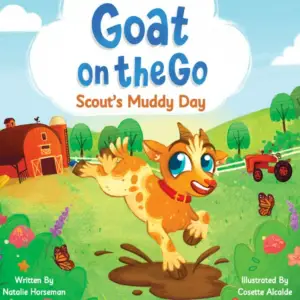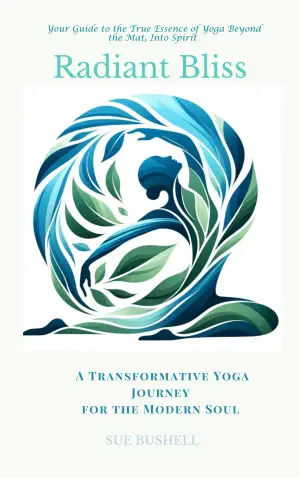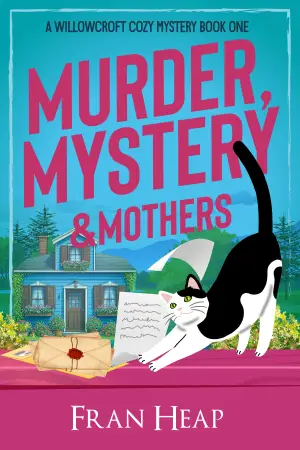Review of The Perks of Being a Wallflower
There are books that linger in the cultural zeitgeist, and The Perks of Being a Wallflower by Stephen Chbosky is certainly one of those. It’s touted as a coming-of-age classic, rich in its exploration of adolescence, friendship, and those painful yet transformative moments that shape us. Yet, despite all the acclaim it receives, I found myself grappling with elements that left me feeling profoundly unmoved.
At its core, Chbosky’s novel is centered around Charlie, a reserved and introspective 15-year-old who navigates the tumultuous waters of high school while grappling with overwhelming emotions and significant trauma. The narrative unfolds through a series of poignant letters addressed to an anonymous friend—an intimate setup that, while initially engaging, soon began to feel stilted and repetitive. Charlie’s emotional struggles, especially with issues like depression and social exclusion, are undeniably important; however, the exploration of these themes often felt superficial, lacking the depth they warranted.
One of my central critiques lies in the writing style itself. It bears a raw and unfiltered quality, which is commendable in theory, but in practice, it reads more as staccato simplicity than heartfelt expression. Phrases and sentiments like “I don’t know why” and “He/she looked sad” become tiresome and repetitive. Charlie, crying frequently—a genuine and relatable reaction—was less a manifestation of deep sorrow and more of a plot device. I craved a more nuanced exploration of his feelings; instead, I felt as if I were merely skimming the surface of a deeper ocean of emotion.
The book’s myriad themes—ranging from childhood trauma to mental health issues, and even the challenges surrounding sexuality—were all introduced but seldom explored adequately. Rather than giving each issue the space and attention required for readers to truly grasp their weight, they felt crammed into the narrative as if to check boxes. This left me feeling detached, as if Charlie, along with the characters surrounding him, were cardboard cutouts rather than well-rounded individuals with rich inner lives. If Chbosky had woven in alternate perspectives or employed a third-person narrative, perhaps each character and their plights could have resonated more richly.
While I recognize that Chbosky intended to shine a light on crucial issues often brushed under the rug in teenage narratives, the delivery missed the mark for me. It felt dismissive, as if the author was reluctant to delve into the complexities of these topics that matter profoundly to many. Each issue, from relationship violence to drug use, deserves a thoughtful exploration, yet so many were presented fleetingly, leaving a heavy heart but unsatisfied mind.
In imagining who might enjoy this book, I consider readers seeking a simple narrative about the uncomfortable realities of adolescence. Perhaps those looking for a quick emotional touchstone might find value in Charlie’s journey. However, for readers who crave intricate storytelling or deeper character studies, you might find this novel lacking.
Ultimately, my reading experience left me yearning for more—more depth, more emotion, more connection. While The Perks of Being a Wallflower undoubtedly has its place in literary discussions about adolescence, I couldn’t help but feel that it dances around the profound issues it raises without giving them the weight they deserve. And for me, that makes all the difference.
Discover more about The Perks of Being a Wallflower on GoodReads >>











